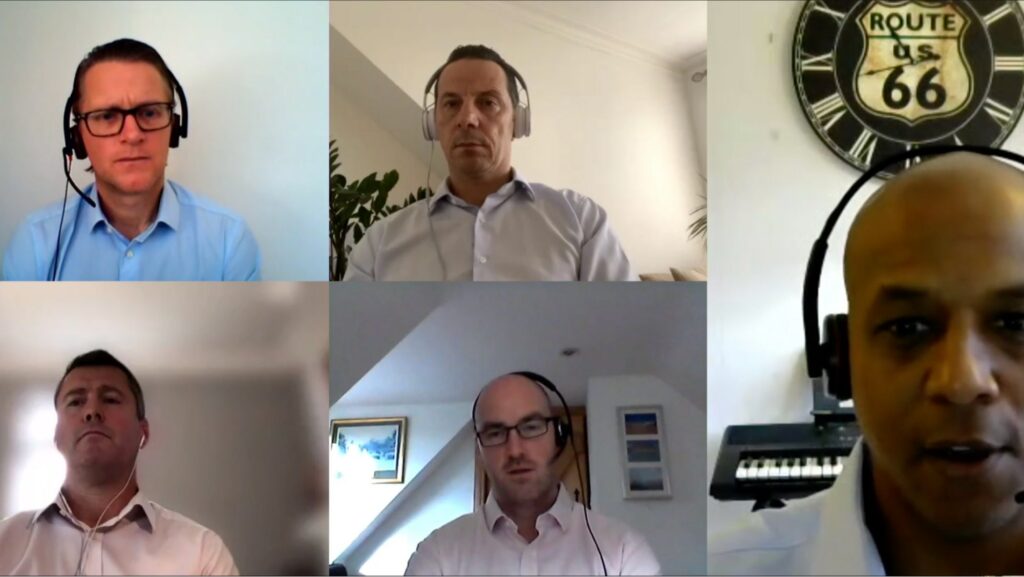Buy-side, sell-side, custodian, clearing house and CSD … the CSDR discussion panel of PostTrade 360° Helsinki saw all perspectives represented. With the upcoming penalty regime remaining a big challenge, the overall tone was cautiously positive on the feasibility as there are signs that regulators are listening to industry expressions of pains.
[This is an expanded version of the article originally published on 18 November, the first day of the PostTrade Helsinki conference.]
“The four letters C-S-D-R have certainly taken over my working life for the last three years – and I’m sure it’s the same for many of you and certainly for my panelists,” said DTCC’s Matt Johnson as he opened the panel discussion on the Central Securities Depository Regulation at November’s PostTrade 360° Helsinki conference.
The migration to a T+2 settlement cycle is among the main results already in place.
“And now we all have one eye on what may bring even more change, the settlement discipline regime,” said Matt Johnson.
As moderator, he was joined by panelists …
Garrett Browne, Head of Post Trade, Equities, Fixed Income and FX, Fidelity International,
Alex Krunic, Head of Equities, LCH,
David Daniell, Executive Director, Operations, UBS Investment Bank, and
J.R. Bogan, Senior Product Manager, Investment Operations Outsourcing EMEA, Northern Trust.
CCPs seek integrated penalty mechanism
From the perspective of clearing houses, CCPs, the particular concern now is to avoid the planned separately constructed penalty mechanism for CCPs, Alex Krunic pointed out. (We wrote about this issue in a July article.)
“We must prevent the creation of an overly complex distribution process,” said clearing house LCH’s Alex Krunic.
“Instead, we as CCPs should look to harmonize the collection and distributional penalties at CSD level. I think addressing the unintended losses for CCPs from the collection of distributional penalties is going to be key. So CCPs must be certain, for example, that at the end of each day, they should not be able to incur losses due to non-zero account positions resulting at the CCP level due to fixed settlement cut offs at CSD or T2S level.”
That said, Alex Krunic reported that his industry is optimistic that its views have been taken onboard by policy makers. This is after large efforts to share recommendations to ESMA and the European Commission.
“There definitely seems to be a willingness to listen to the community. As we’ve seen, this has been a pain for everybody, you know, in trying to understand this before it’s implemented, and obviously, the regulators have listened.”
Even so, and despite the deadline having been postponed a year until February 2022, the time frame remains a challenge, especially if revisions are still coming up.
“For us as a market, we need to have sufficient time to test these before implementing such a big EU-wide framework of this magnitude because we know what happens if we don’t test in the right way. If we’re not fully prepared this could go considerably wrong. And I wouldn’t personally be surprised if that February 2022 [deadline] may even be pushed out further,” said Alex Krunic.
Makes the case for tech investment
Garrett Browne shared his view from the perspective of a large buy-side institutional investment operation of Fidelity.
“This has been a long journey for us,” he said.
“But the immediate priorities for us, as a firm, is focusing on areas that we can control – looking at improving our matching rates, our settlement rates, and using this regulation to get tech budget to fix known straight-through-processing issues. And looking at what’s available out there in the market in terms of utilities, third party solutions, in order to try and leverage where we can. Because obviously, you know, in the current low margin environment, there is an appetite of many firms to, you know, just show headcount on this issue, so we need to look at tech solutions here,” said Garrett Browne.
“And as well, I think this regulation is making the market-matching piece as important as trade affirmation and trade confirmation. So therefore, having the platform that can manage post trade exceptions – from affirmation right through to markets pre-matching and settlement finality – makes a lot of sense.”
Outsourcing partner needs every client’s view
From the global custodian’s, and process outsourcing provider’s, point of view, Northern Trust’s J.R. Bogan pointed to the complexity of trying to understand not only its own situation but also its various clients’ and that of its many counterparties.
“We ask ourselves what we can look at to be more efficient in the market, and identify where there’s issues that maybe we haven’t caused, but have to make sure we mitigate downstream effects,” said J.R. Bogan.
“For brokers, we talk about how we are going to communicate with them. What kind of information will they have to share with us when there is an exception in the market? … Then all the custodians we deal with – how are they delivering information around the penalties? What are they getting from the CSDs? From their subcustodians? What’s the timing, and formats?”
We have to gather in all these things and understand how it will work for our clients. Then, how are we going to work directly with our clients when it comes to a buy-in? Is it an activity we should take on, or they, and what do they need to know? So the way we look at it is, if our clients weren’t outsourcing their investment operations, these are the questions they’d be asking themselves.”
News around the PostTrade 360° Helsinki conference is gathered here.
Click this link to download the Helsinki event magazine as pdf, or click here for the three agenda pages only.
By the way … are we connected on LinkedIn already, among the 1,400 post-trade pros who are? Follow us here.












